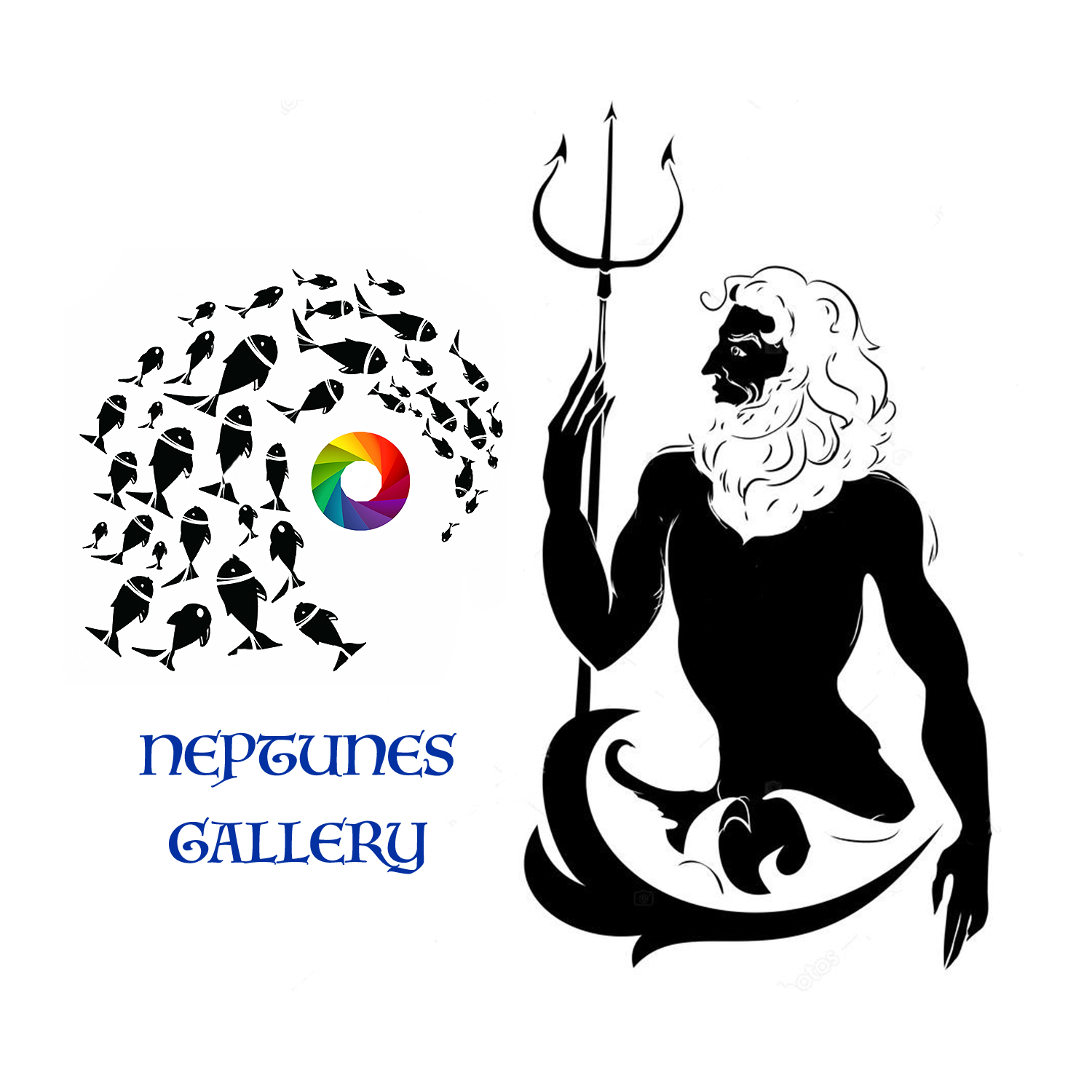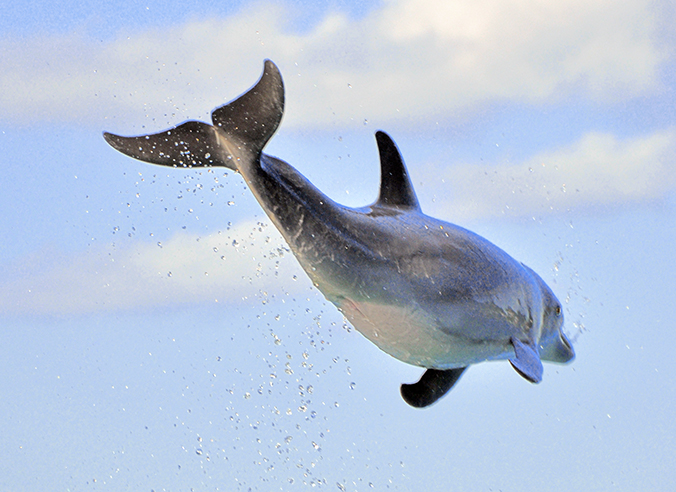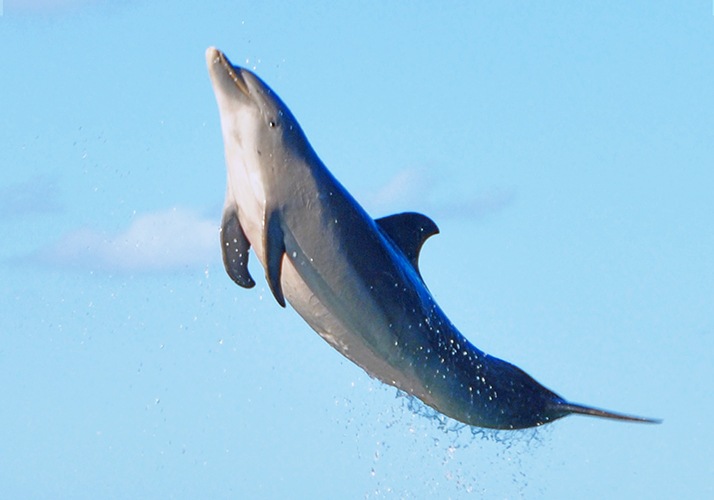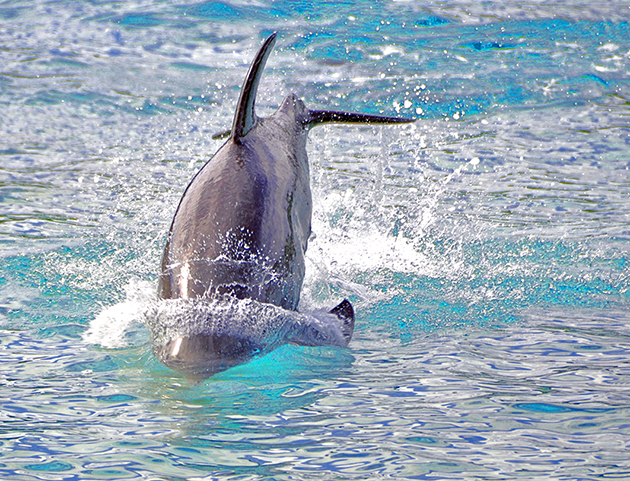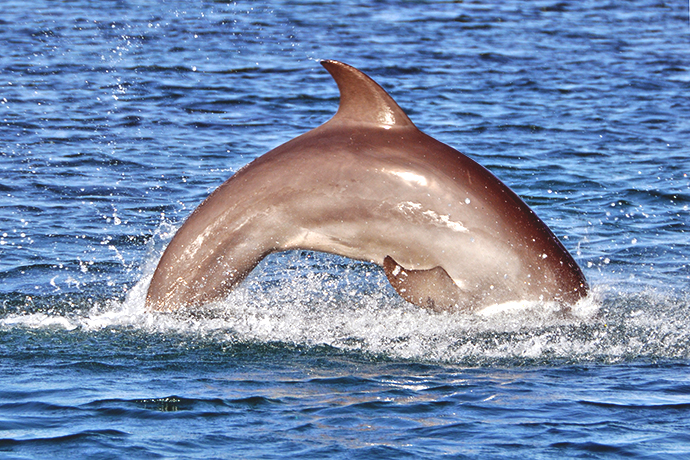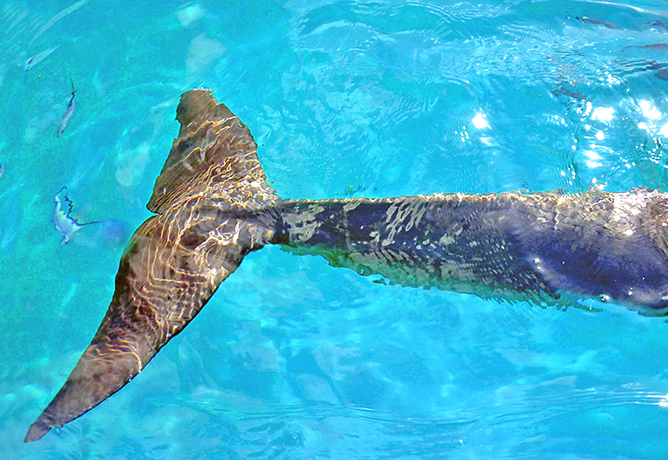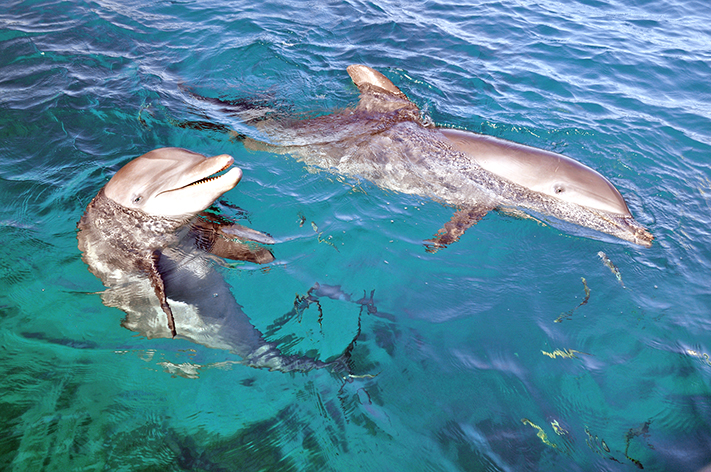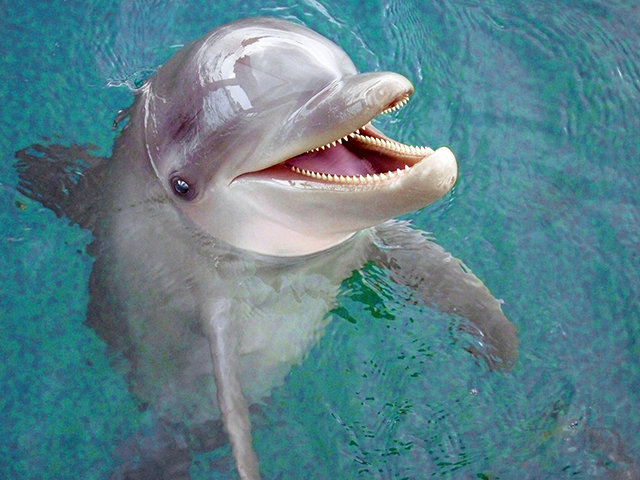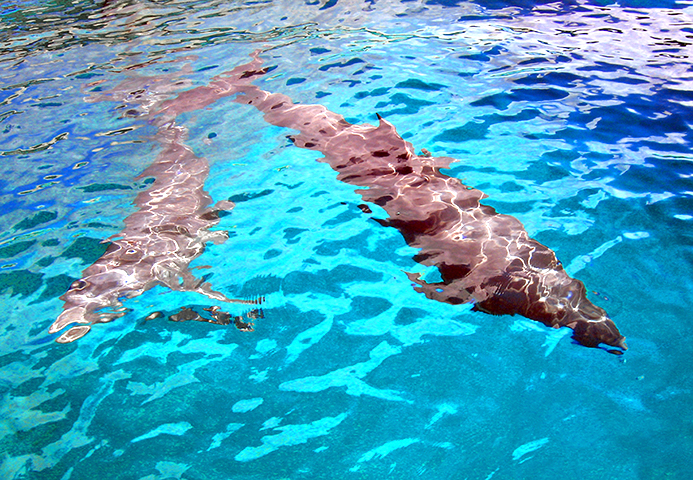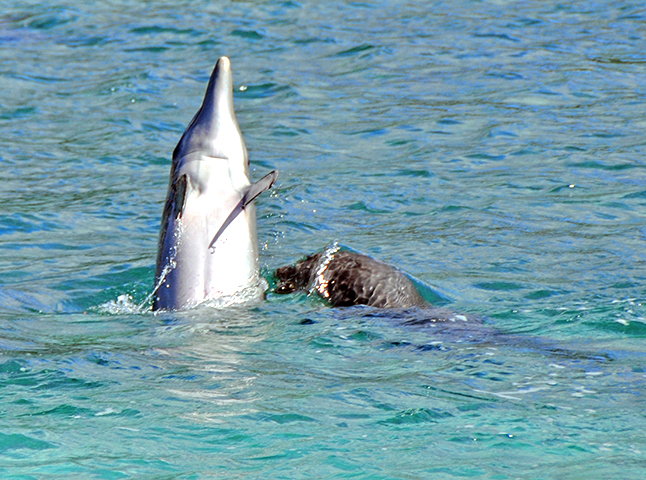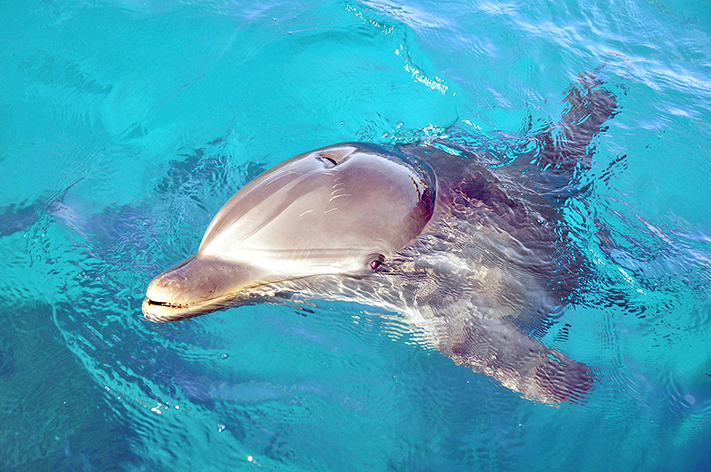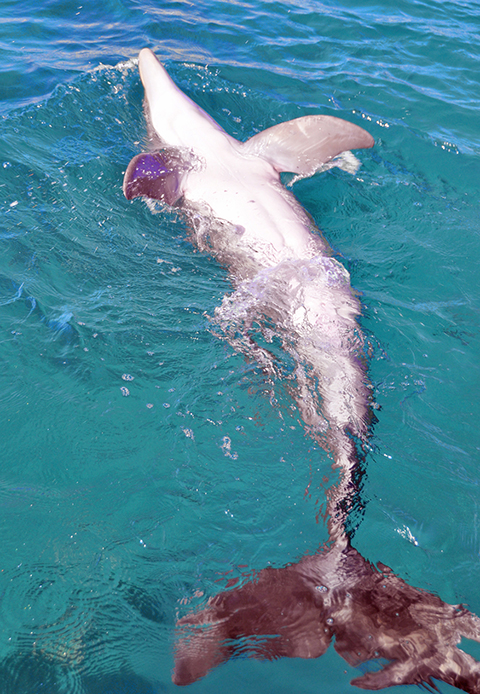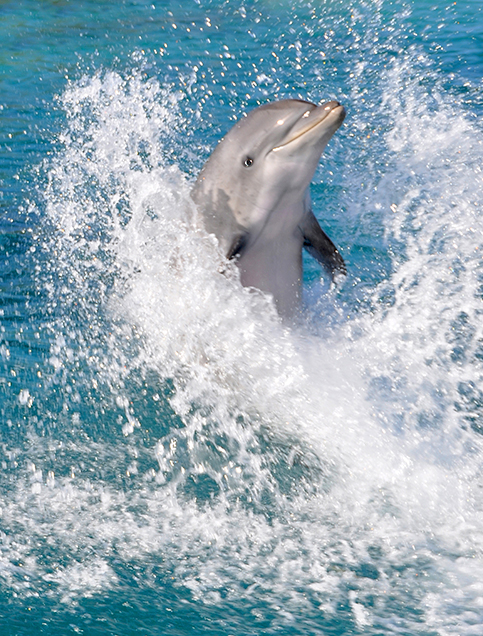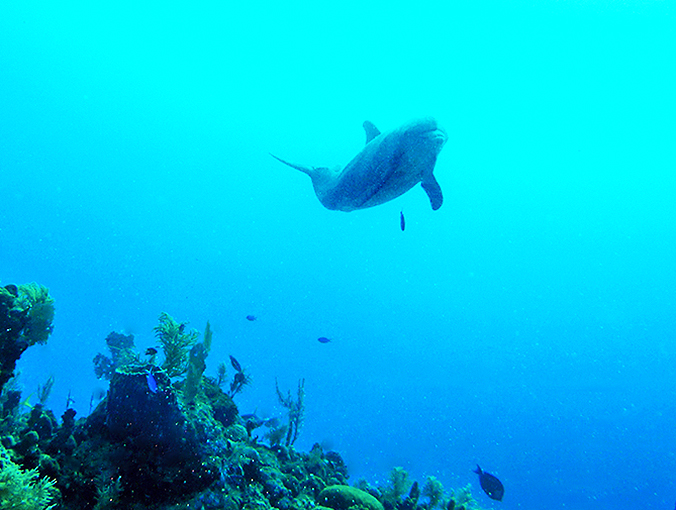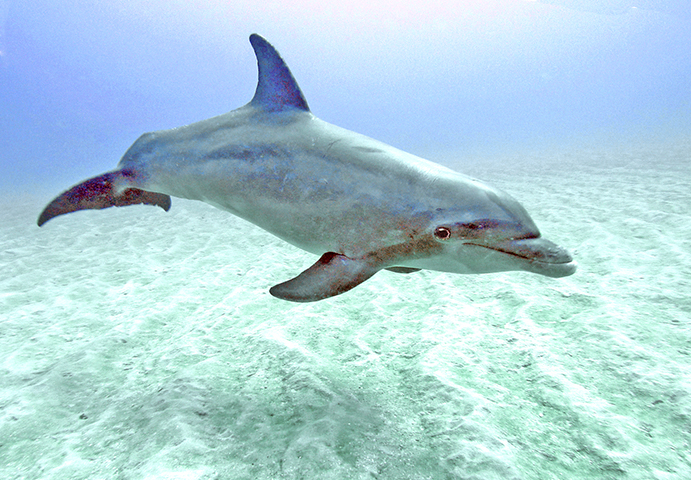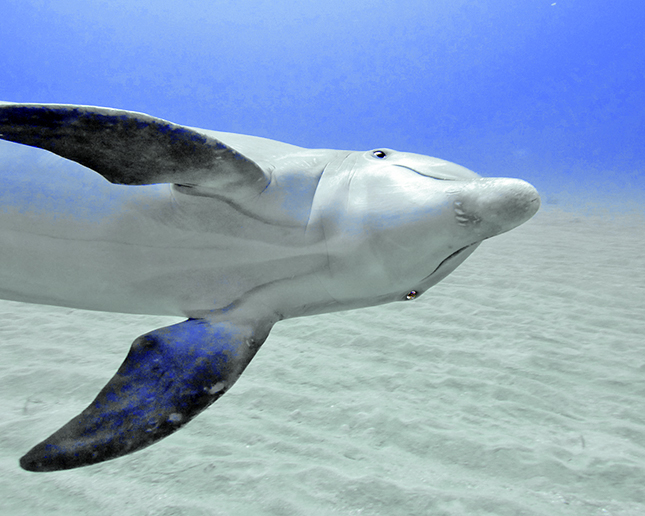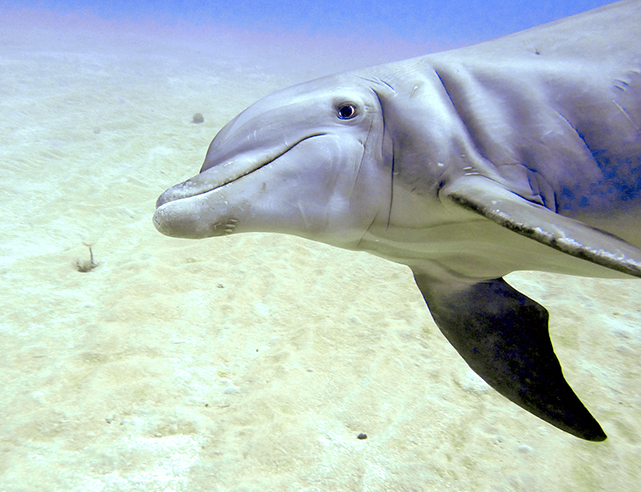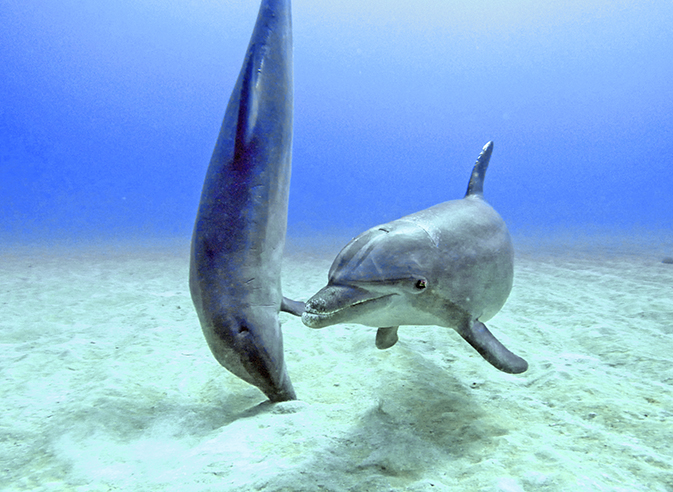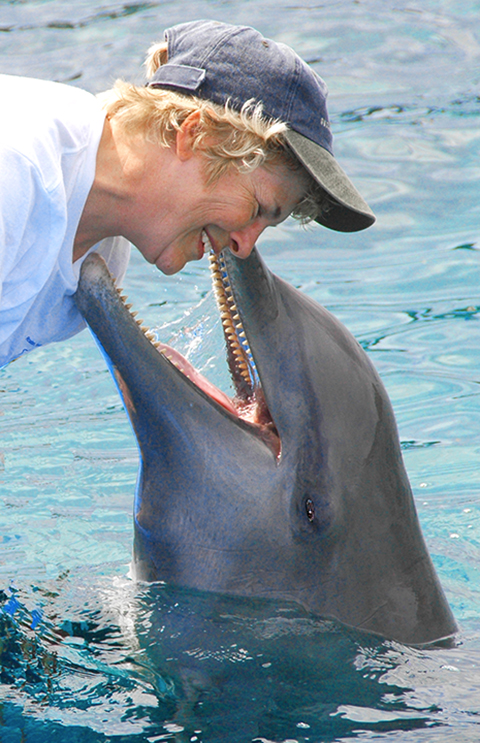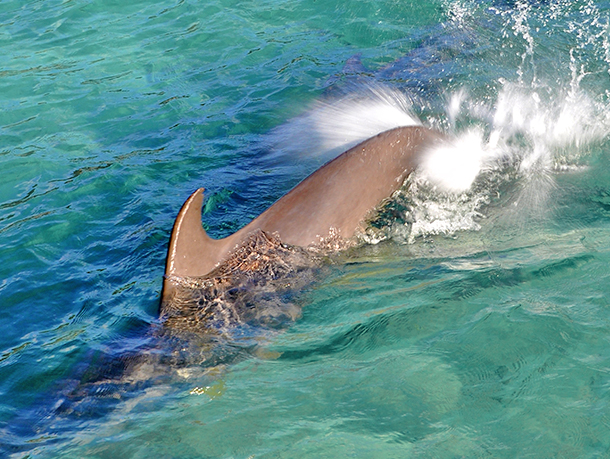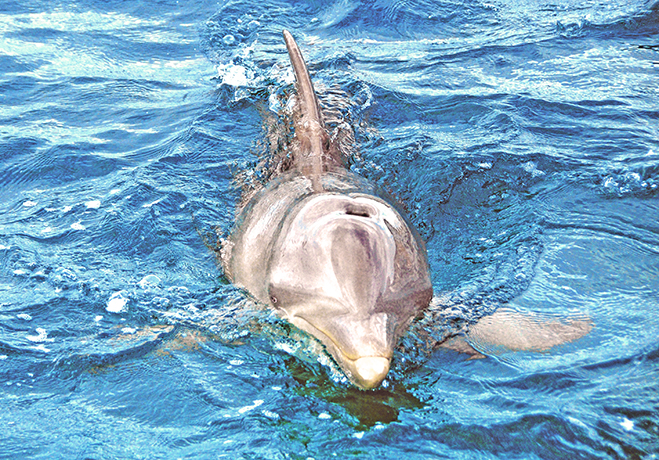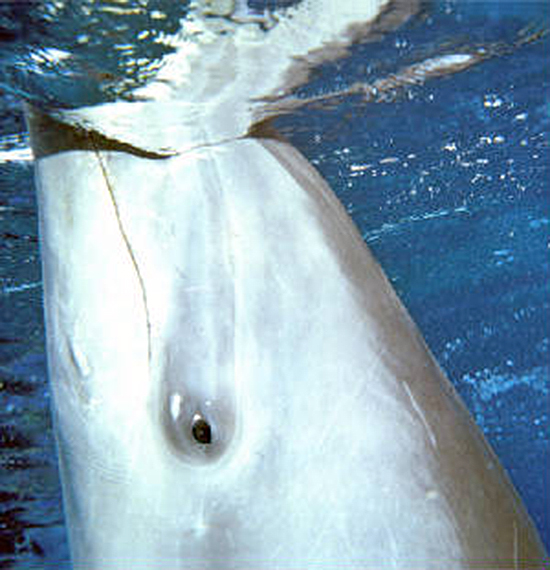The allure of dolphins seems universal. These remarkable marine mammals instill visitors to their realm with a sense of peace, love, and gentle playfulness. They are highly complex, social animals, which have a variety of different behaviors, sounds, postures, and gestures which they use to communnicate. Much research has been done to better understand these beautiful and graceful animals.
I was fortunate to spend time at RIMS, the Roatan Institute for Marine Sciences in Honduras. There, I had the rare opportunity to interact with a resident pod of dolphins in their natural environment. A large pod of Atlantic Bottlenose dolphins makes their home nearby at Bailey’s Key. I had class time and spent time interacting with the dolphins – feeding them and diving (they would always come to play) . It was great to dive with them in the open sea and experience what it’s like to be ‘part of the pod’.
This male is ‘tail slapping’. It can signal aggression, or a call to other dolphins to come by. In this case, he was not happy about another male dolphin approaching.
